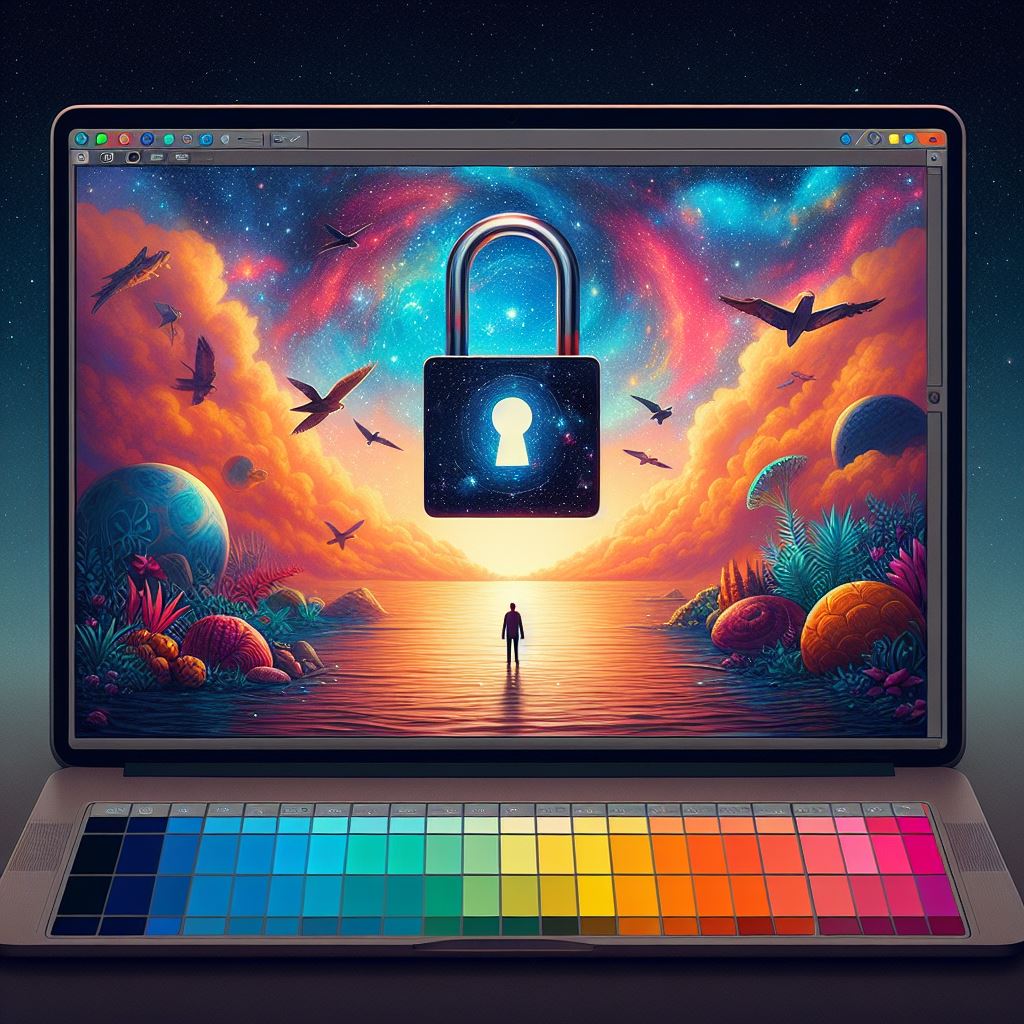The Browser-Safe Color Palette: A Technicolor Dream
The browser-safe color palette, also known as the web-safe color palette, was a solution devised in the early days of the internet to address a significant challenge: consistency across different displays and operating systems. It comprises 216 colors that were deemed to display consistently on various computer systems and browsers in the 256-colors (8-bit) displays era.
A Deep Dive into the Palette
This palette was created by blending 0%, 20%, 40%, 60%, 80%, and 100% of each of the red, green, and blue color components, making a cube of 6 x 6 x 6 = 216 colors. These colors ensured that no dithering (mixing of pixels of two colors to simulate a third color) would occur, allowing for a more consistent appearance across different platforms.
The Relevance Today: A Nostalgic Yet Ongoing Journey
Fast forward to today, the necessity for the browser-safe palette has largely diminished. Modern computers and mobile devices boast displays capable of showing millions of colors (24-bit or even higher). But the story doesn’t end here. The legacy and principles of the browser-safe palette still hold educational and historical significance in the world of digital art and web design.
Lessons from the Past
The browser-safe palette teaches us about the importance of accessibility and cross-platform consistency. In a way, it laid the groundwork for modern web design principles, emphasizing the need for designs that work for everyone, regardless of their hardware or software.
Beyond Colors: The Impact on Design
While the technical need for the browser-safe palette may have faded, its concept reinforces a crucial design tenet: simplicity and clarity. Designers learned to make appealing websites with a limited set of colors, a skill that translates into the modern practice of minimalist and user-friendly design.
A Palette for All: Accessibility and Inclusivity
Today’s web design continues to focus on accessibility, ensuring that content is viewable by people with various types of color blindness or other visual impairments. The principles of the browser-safe palette indirectly guide designers in choosing colors that are not just attractive but also accessible to a broader audience.
In Conclusion: A Colorful Legacy
The browser-safe color palette, with its 216 distinct colors, might seem like a relic of the past, but its influence echoes in the present. It reminds us of a time when designers and developers worked within constraints to create universally accessible and appealing web content. In today’s world of seemingly limitless color choices, the principles behind this palette — consistency, accessibility, and simplicity — continue to be relevant, guiding us towards creating a more inclusive digital world.


No Responses